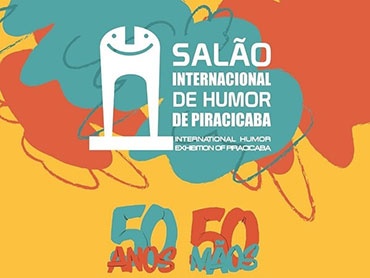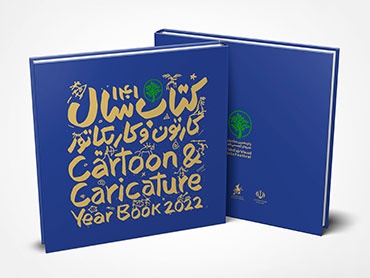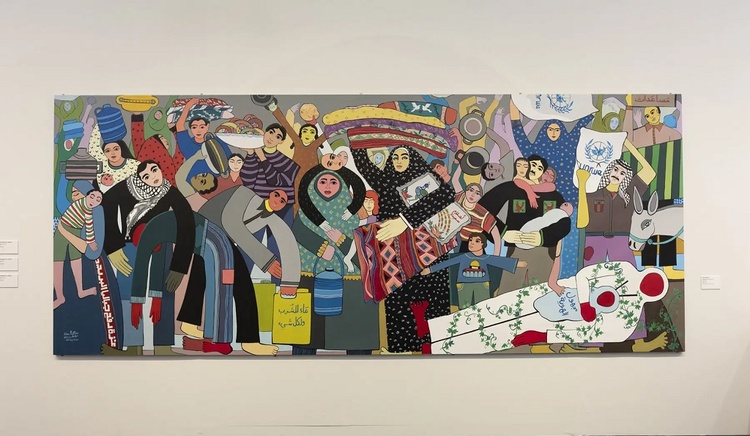
Brescia, an exhibition of works by the Palestinian collective Eltiqa
Brescia, an exhibition of works by the Palestinian collective Eltiqa that survived the bombing of Gaza
At the Museo di Santa Giulia in Brescia, from November 8, 2025, to February 22, 2026, the exhibition Material for an Exhibition brings together works by the Palestinian collective Eltiqa and international artists in a dialogue about the role of art in conflicts and the memories that resist destruction.
Online painting courses
From November 8, 2025, to February 22, 2026, the Museo di Santa Giulia in Brescia hosts Material for an Exhibition. Stories, memories, and struggles of Palestine and the Mediterranean: an exhibition curated by Sara Alberani that ideally reconstructs the artistic space of the Eltiqa Group for Contemporary Art, destroyed in the 2023 bombing of Gaza. Promoted by the City of Brescia and the Musei di Brescia Foundation, with sponsorship from Amnesty Italy, the exhibition is one of the central events of the eighth edition of the Peace Festival. The project was created in response to the destruction of Eltiqa, a symbolic space for Palestinian contemporary art founded in 2002 and a point of reference for artists in Gaza. Two of its founders, Mohammed Al-Hawajri (1976) and Dina Mattar (1985), are among the featured artists in the exhibition, along with Lebanese artist Haig Aivazian (1980) and Palestinian artist Emily Jacir (1970), winner of the Golden Lion at the 2007 Venice Biennale. Their works, originating from areas marked by war, exile, and fragmentation, are brought together in Brescia to offer a collective testament to cultural resistance and art's capacity to forge connections between the diverse geographies of the Mediterranean.
“Exhibiting the works of the Eltiqa Group of Contemporary Art that survived destruction at the
Santa Giulia Museum, and offering Mohammed Al-Hawajri and Dina Mattar an artistic residency in our city,” states Laura Castelletti, Mayor of Brescia, “means recognizing that art is a testament, a builder of connections, a tool for mutual understanding. Thanks to their works and those of Haig Aivazian and Emily Jacir, we can understand how creative expression is a space of resilience even in the most dramatic contexts. 'Material for an Exhibition' invites us to look beyond simplified narratives to learn the stories and lives of those who experience conflict daily, reminding us that culture is always a bridge between different worlds and that precisely for this reason we can and must, as cities but also as individuals, act to safeguard and protect the cultural heritage of all communities, as a precious legacy that unites humanity beyond geographical and temporal boundaries. The exhibition represents a crucial moment of the Peace Festival and bears witness to the great The quality of our museum system, capable of proposing initiatives of international scope, is at the service of an idea of art as a promotion of peace, respect among people, and the discovery of new cultural horizons.”
The exhibition title pays homage to
Emily Jacir’s work, Material for a Film, dedicated to the memory of the Palestinian poet Wael Zuaiter. Material becomes a key word here: it indicates both the variety of languages on display—installations, video, drawings, painting, photography—and the concrete and fragile dimension in which many artists operate, amidst the loss of archives, the destruction of works, and the erasure of places of memory. In Palestine, the archive itself is today an instrument of survival, a way of affirming the existence of a threatened history. The exhibition opens with works by Mohammed Al-Hawajri and Dina Mattar, who, along with Eltiqa, have promoted the growth of contemporary art in Gaza for twenty years. Following the 2023 bombing, the two artists managed to save some works, now housed in Sharjah and Dubai, and presented for the first time in Europe.
The rescued works arrive in Brescia as a testament to a legacy that resists destruction. The museum thus becomes a place of symbolic reconstruction: Eltiqa is temporarily reborn within its walls. Mohammed Al-Hawajri explores in his work the relationship between historical memory and everyday Palestinian life. His canvases, characterized by irony and paradox, transform images of war into visual narratives that blend pain and imagination. Series such as The Animal Farm (2011) and Maryam (2015) intertwine symbols of resistance and cultural references, with human and animal figures that become witnesses to survival.
Read more
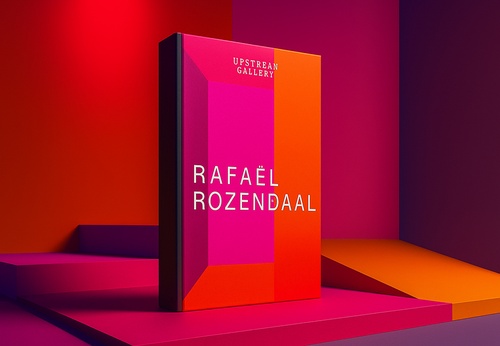
- November 12, 2025
Rafaël Rozendaal: A Dutch–Brazilian Artist – An Introduction
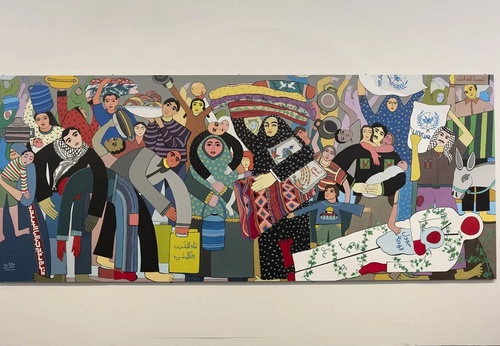
- November 12, 2025
Brescia, an exhibition of works by the Palestinian collective Eltiqa

- November 12, 2025
The Art of Photography: Capturing the Essence of the Moment
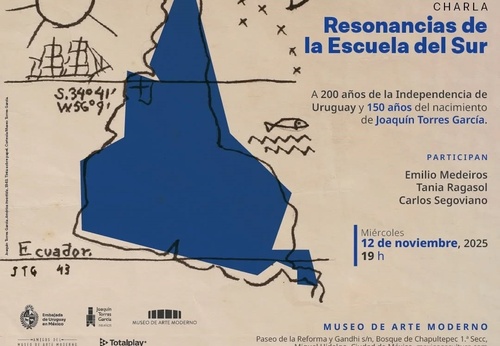
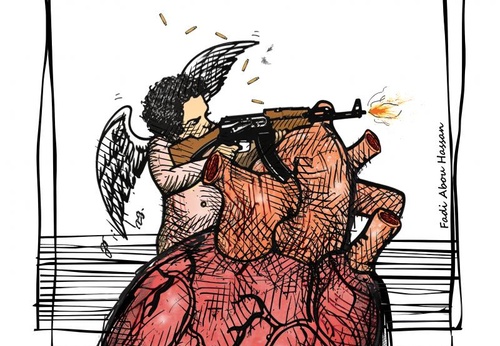
- November 12, 2025
Untitled
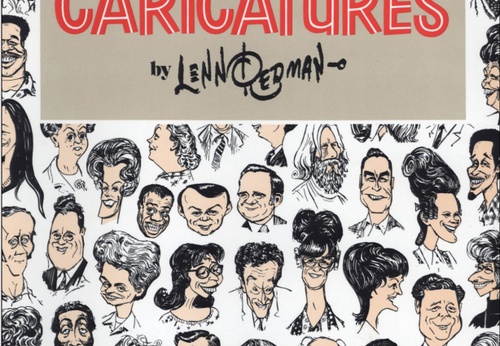
- November 12, 2025
How to Draw Caricatures by Lenn Redman

- November 12, 2025
Eduardo Sarmiento - Cuba
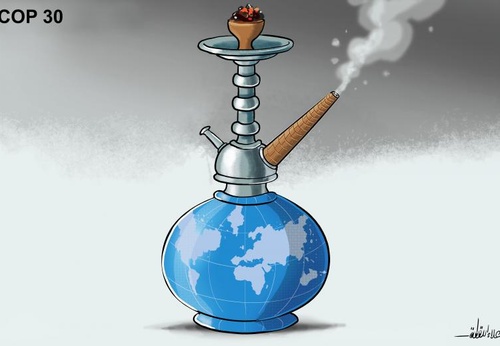
- November 11, 2025
COP 30

- November 11, 2025
The Power of Visual Arts

- November 12, 2025
Brescia, an exhibition of works by the …

- November 12, 2025
Uruguayan Artist Joaquín Torres García …

- November 11, 2025
Painting in Mexico Today Is More Alive …

- November 11, 2025
Oaxacan School Dominates Latin American…

- November 10, 2025
Artweek 2025 Celebrates a Decade of Art…

- November 10, 2025
Pop Brasil Arrives at Malba with Over 1…

- November 10, 2025
Adriana Cisneros Pays Tribute to Latin …

- November 10, 2025
Mira Art Fair 2025

- November 09, 2025
MIRA Art Fair 2025: Latin American Art …

- November 09, 2025
The Influence of Renaissance Art on Mod…

- November 06, 2025
Experience the vibrant pulse of Latin A…

- November 06, 2025
The Ministry of Culture invites you to …

- November 06, 2025
120 Works by 50 Brazilian Artists

- November 05, 2025
Latin American Art Auction: The Star, a…

- November 05, 2025
A group exhibition presents, through wo…

- November 04, 2025
Malba at Museum Night

- November 04, 2025
Capital Feria Announces a Second Editio…

- November 03, 2025
Cuban Visual Art Influences the Work of…

- November 02, 2025
Patricia Belli receives the Velázquez P…

- November 02, 2025
November at MALBA: Art, Film, and Latin…

- October 08, 2023
Illustrations reflect the brutal Israel…

- December 25, 2023
The jury statement of the Iran-Brazil F…

- July 29, 2023
History of Caricature in Brazil

- September 01, 2023
Neural Filters in new photoshop 2023

- April 20, 2024
Poignant Image of Grief Wins Mohammed S…

- May 22, 2025
Brady Izquierdo’s Personal Exhibition O…

- March 21, 2024
The history of art in Palestine

- February 18, 2024
7 Ways to Understand What Visual Arts A…

- June 29, 2024
Exhibition at Centro MariAntonia contra…

- October 21, 2023
Erick Meyenberg and Tania Ragasol at th…

- May 15, 2024
Eleven murals for Gaza painted across t…

- March 15, 2024
museum of sculpture of Salvador Dali

- March 30, 2024
illustration websites in Latin America

- March 14, 2024
museum of statue of van gogh

- May 25, 2025
Bordalo II to hold exhibition in Paris …

- May 20, 2024
Latin American Festival of Performing A…

- August 09, 2023
Venezuela mural expresses solidarity wi…

- October 23, 2023
Photos by José Luis Díaz of the march o…

- May 27, 2025
Works by Botero, Grau, and 80 other imp…

- December 01, 2023
Latin American International Graffiti F…

- May 15, 2024
Eleven murals for Gaza painted across t…

- February 18, 2024
7 Ways to Understand What Visual Arts A…

- January 02, 2025
13 commemorations that will mark the cu…

- October 17, 2023
The influence of Latin American artists…

- October 08, 2023
Illustrations reflect the brutal Israel…

- February 03, 2024
THE HISTORY OF NAIF ART

- November 17, 2023
Fernando Botero's work is booming after…

- July 02, 2024
One of the largest urban art galleries …

- July 29, 2023
Piracicaba International Humor Exhibiti…

- November 06, 2023
Heba Zagout: Palestinian artist murdere…

- December 25, 2023
The jury statement of the Iran-Brazil F…

- December 10, 2023
Sliman Mansour and Palestinian art on t…

- February 01, 2025
A maior exposição de Botero em Barcelona

- March 14, 2024
museum of statue of van gogh

- March 21, 2024
The history of art in Palestine

- July 20, 2024
First International Mail Art Biennial 2…

- October 30, 2023
Palestinian turns images of the Gaza co…

- April 20, 2024
Poignant Image of Grief Wins Mohammed S…

- September 01, 2023
Neural Filters in new photoshop 2023

- February 06, 2024

